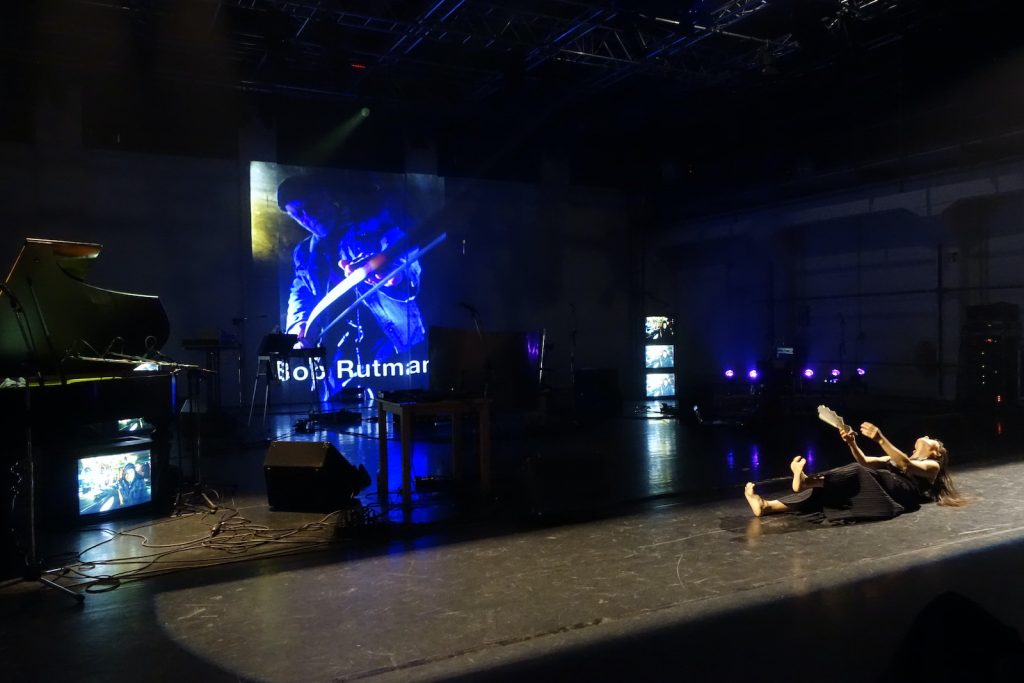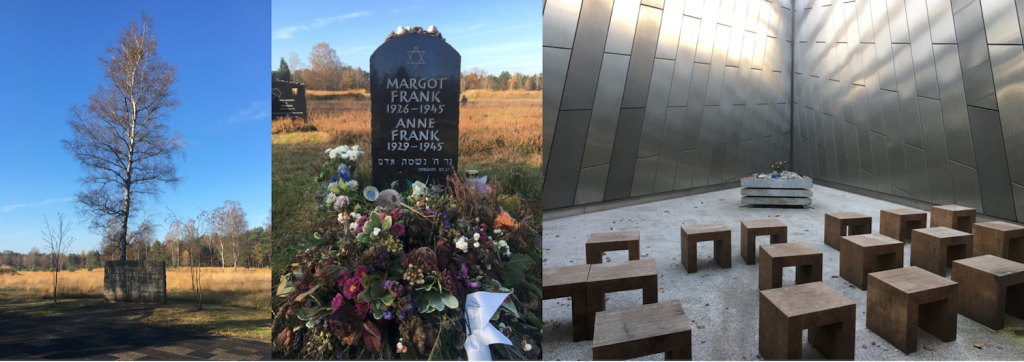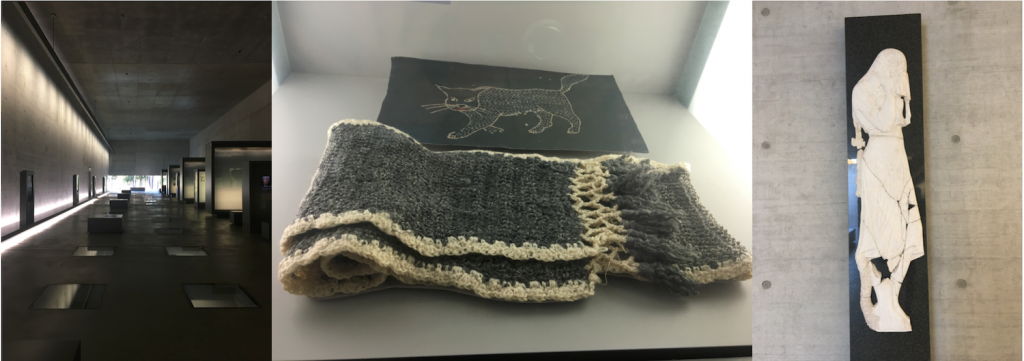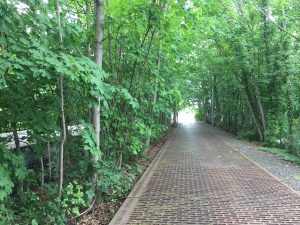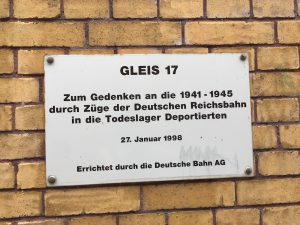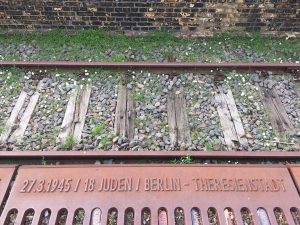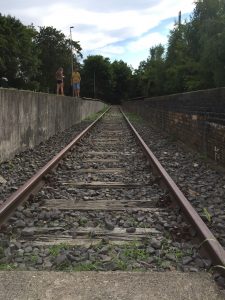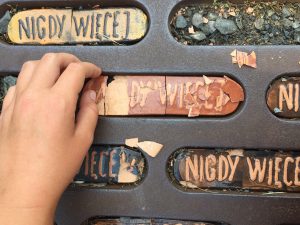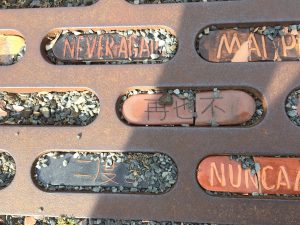The Terezin Memorial (Theresienstadt Ghetto) is located near Prague, Czech Republic.
This year the memorial started offering 3D/360° virtual tour.
The English guided tour is 220 CZK (ca 8€).
This afternoon I call the office and went to the virtual tour.
I book the guided tour (220 CZK/ca 8€) but maybe my mistake nothing happen on the site,
and I went the tour alone from my studio in Berlin Mitte.
On the tour each page you have option to open short explanations and moving though the place by your cursor keys.
The technique is surprisingly smooth yet it was very eye-exhausting to have 360° virtual tour,
so few times I had to stop and went to other sites to search for further information,
eventually my tour went four hours.
There’s (of course) no comparison between the virtual tour and the real visit,
but I could spend enough time for read and further search, I found the tour very informative.
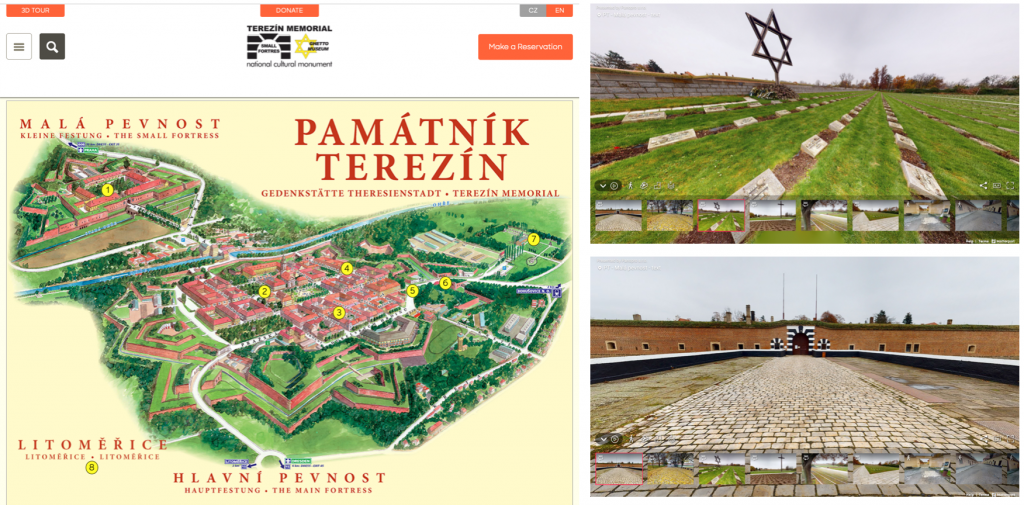
photo above: screen shots from the website: https://www.pamatnik-terezin.cz/map
There are two more links I found online:
KZ-Gedenkstätte Dachau (The Dachau Memorial) Virtual Tour
(photo and text, free of charge)
https://www.kz-gedenkstaette-dachau.de/en/historical-site/virtual-tour/
and
Holocaust Education Centor’s live virtual tour for Auschwitz
(Group tours are available for $30/person with a minimum of 25 people. )
https://holocausteducation.center/auschwitzvirtualtour/
The online resource I went today was mainly at the Holocaust Encyclopedia of the Holocaus Museum in Washington,
where they also have many topics related to the Holocaust and WWII.
Because I skipped the High-school and went to theater academy at 15, I am not able to talk about how WWII is taught in Japan.
Honestly I do not remember how and how much I’d learned about the Japanese militarism in school.
Besides the theme ‘dance and tonality of the void spaces, in context of the German Culture of Remembrance’,
my research has allowed me to touch the topic connected to the history of my own country.
Also each meeting with my mentor Boris von Poser have let me find an emotional distance with my own country,
to be able to open my eyes for the negative, brutal and tragic history.
I’ve always been impressed in Berlin, that when I talk about WWII with German friends and acquaintances (age between 13 – 55),
they talk about the fascism of the Nazi Germany, persecution and massacre, the Holocaust which connected with clear guilt.
It seems to me they have acquired critical viewpoint against the history of their own.
On the website I found the page about the Japanese attack on Pearl-Harbor.
Link: https://encyclopedia.ushmm.org/content/en/article/pearl-harbor
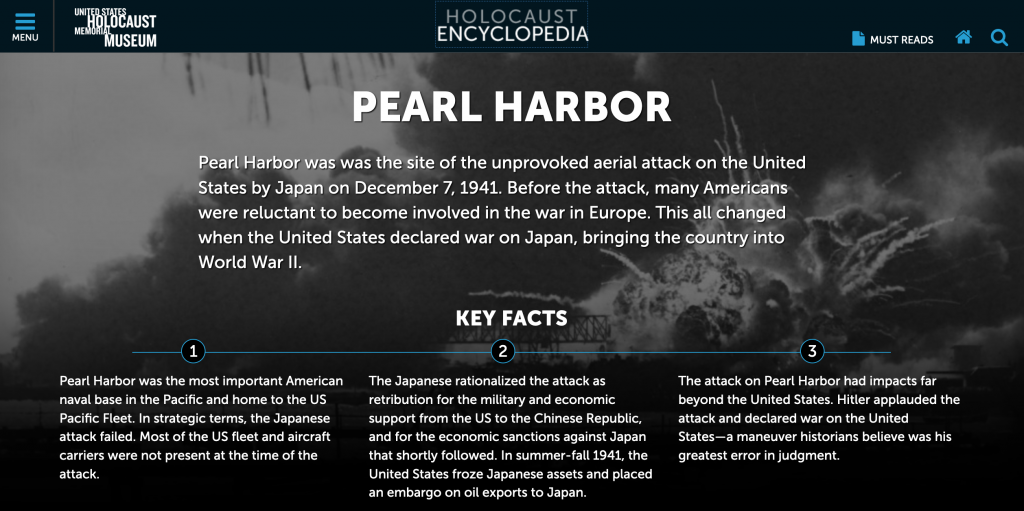
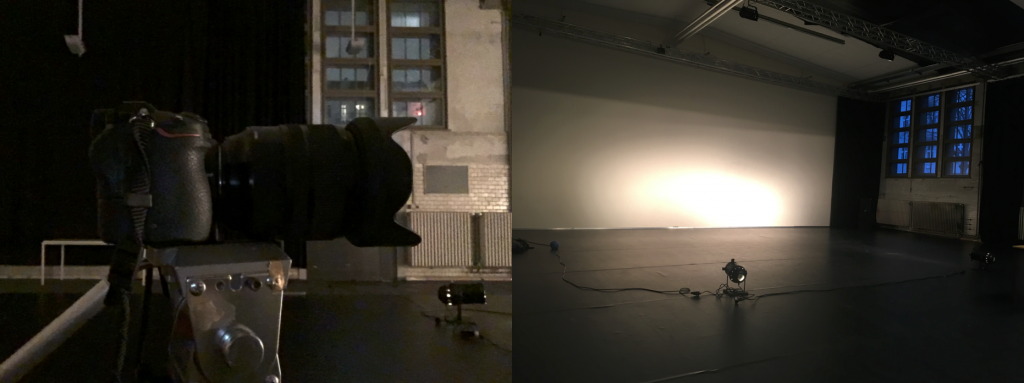
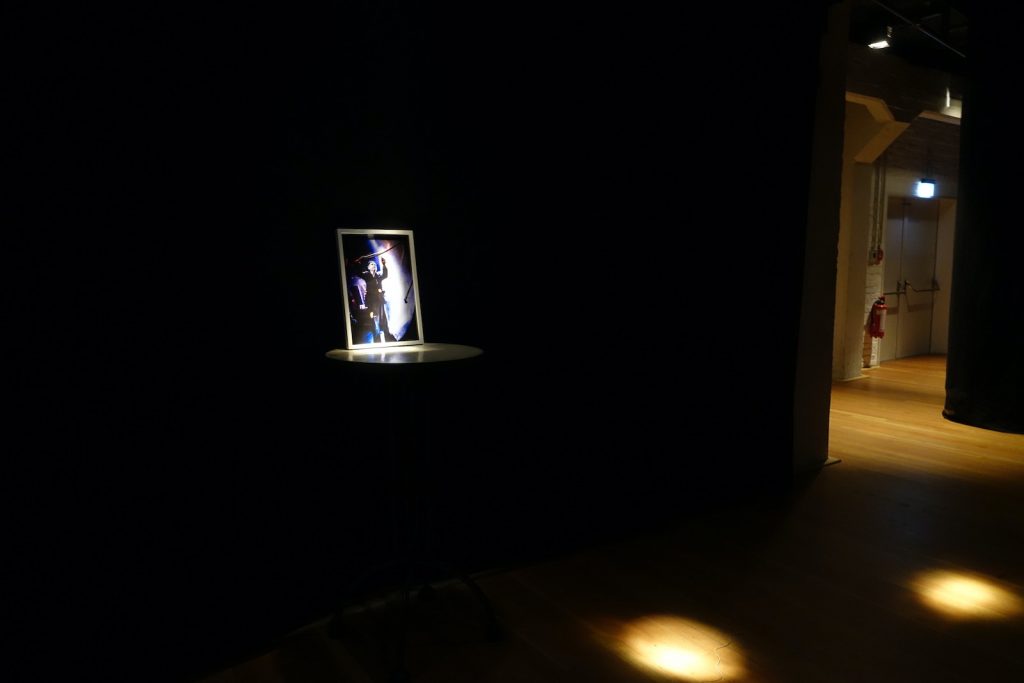 The Japanese folding-fan is one of the important tool for this research.
The Japanese folding-fan is one of the important tool for this research.
